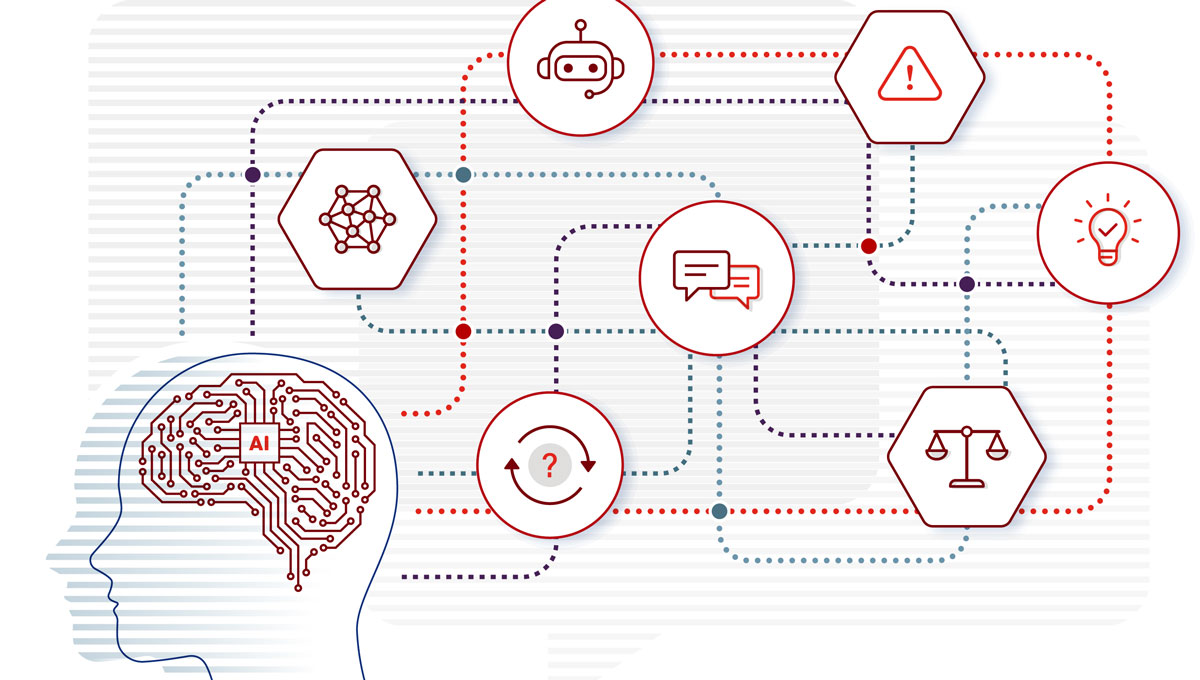
Project management is akin to navigating a ship in choppy waters.
Whether you’re plotting the course for your product development or managing a portfolio of initiatives, you’re bound to face the daunting challenges of accurately predicting project milestones and costs and steering projects toward valuable, cost-effective conclusions.
Applying machine learning to project management challenges can pave the way for smarter, more efficient, lower-risk projects and higher-quality products.
Leveraging AI Effectively
Identifying the weak points in your planning and execution and managing the expectations of your stakeholders are part and parcel of your voyage.
Artificial intelligence (AI) methods can be your compass and lifeline, providing you with an early warning system for potential project hurdles and helping you focus on the details that will positively impact outcomes. Let’s explore how AI is shaping the future of project management.
Sentiment analysis: Unearthing hidden insights
In any company, a “culture of good news” can mask the real issues and make it challenging to spot weak links in your projects.
An example is when a stoplight status field never fails to read green until it’s obvious to everyone involved that it should have been flashing red for some time.
Today, our project management systems are teeming with numerous conversations, which, when scrutinized, might hold crucial insights toward improving processes and communication. But reading through each of them is a mammoth task. That’s where sentiment analysis comes to the rescue.
Sentiment analysis can help sift through all these conversations and highlight what’s going well and what needs attention. Whether your project involves a team of 10 or 10,000, this AI tool can be a game-changer in keeping a real-time check on your project’s pulse.
The power of granular sentiment analysis
The beauty of sentiment analysis is magnified when trends are monitored at multiple levels — from Kanban swimlanes to tasks in traditional Gantt views.
This granular approach helps identify micro-level issues and lends a broader understanding of the overall project landscape. For example, if you have a more prevalent negative sentiment during a particular phase of development, it could signal bottlenecks or inefficiencies that, if left unaddressed, could contribute to poor performance or even burnout among your team.
Benchmarking: Learning from the past
Another AI tool – benchmarking – brings the power of history and the collective wisdom of your organization’s initiatives to your planning table.
Benchmarking can correlate specific project characteristics with outcomes by analyzing past project successes and failures. It can identify whether similar historical projects were on time and on budget, or how reserves were allocated, and whether they were needed.
Is the plan you’re currently constructing too ambitious, lacking sufficient detail, or over-resourced compared with similar plans that came before? These are exactly the questions you can answer when benchmarks for past projects are within easy reach.
Spotting activity patterns and trends
Identifying patterns and trends in your project activities can be immensely beneficial.
AI can evaluate what has changed for a project, what hasn’t been updated, and what is constantly being revised. It can assess furious edits to project milestones or resources, which could indicate missed deadlines. AI could also flag projects without any attached documents, which could historically correlate to going over budget.
The Power of Early Warning Systems
When you combine these AI tools — sentiment analysis, benchmarking, and project trends — you create an early warning system that highlights potential issues even before project managers or product owners would otherwise be aware.
Even the smallest problems in project management must be identified before they can be tackled, which can often feel like searching for a needle in a haystack. With the combined power of benchmarking, project trends, and sentiment analysis, managers are more likely to notice problems while they’re still easy to address.
As the signals from the early warning system are reviewed by management and validated by project teams, we start to move from observing correlation to identifying causation and deciphering which behaviors lead to over- or under-performing initiatives.
Once causation is deduced, these AI methods can predict the material impact of adjusting project charters, scope, schedule, and resourcing on project outcomes. These insights unlock significant additional value for project teams and managers, enhancing their decision-making abilities and equipping them with a far-sighted view of their project journey.
Applying machine learning to project management challenges can be a transformative leap, paving the way for smarter, more efficient, lower-risk projects and higher-quality products. While tools like sentiment analysis, benchmarking, and project trend analysis may not be flashy, their results can calm a turbulent sea and help steer your ship safely into a welcoming harbor.




